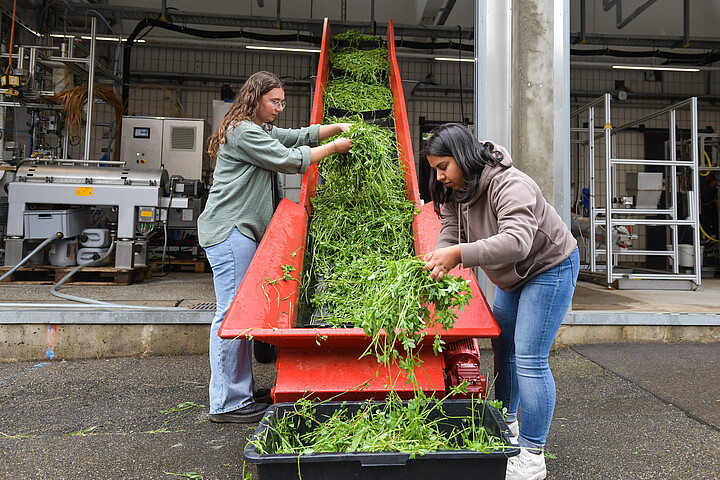Mission Statement

Plants build chemical structures that people can use as substitutes for petroleum-based products. Nutrients and the share of carbon needed for humus formation remain on the field. This bioeconomy approach is implemented in agriculture-related biorefineries (Roadmap: The plant as part of a biorefinery).
The focus of the field is on the production of platform chemicals, such as for biogenic plastics or carbon materials. These serve as energy storage in electromobility, as hydrogen storage for fuel cells or electrode material for fuel cells and batteries.
However, large conversion plants have a disadvantage: the biomasses have to be transported over very long distances, which calls sustainability into question. The solution is modular, decentralized biorefineries that require only an existing biogas plant as additional infrastructure.
Preferred feedstocks are biomass residual streams and co-products to food production to avoid competition with food. On the contrary, the more food is produced, the more co-products such as chicory beets or straw are available for material conversion (Video: (Videobeitrag: Wissenschaft kontrovers online: Stroh zu Gold? Nachwachsende Rohstoffe und Bioenergie).

